One day earlier, four component projects with a total length of 188 km of the Chau Doc - Can Tho - Soc Trang expressway project also simultaneously commenced, beginning their journey to open the way for economic development in the Mekong Delta region after many years of being hampered by infrastructure. At the same time, the project to upgrade and expand the coastal road of Ba Ria-Vung Tau (BR-VT) connecting to Binh Thuan was also launched.
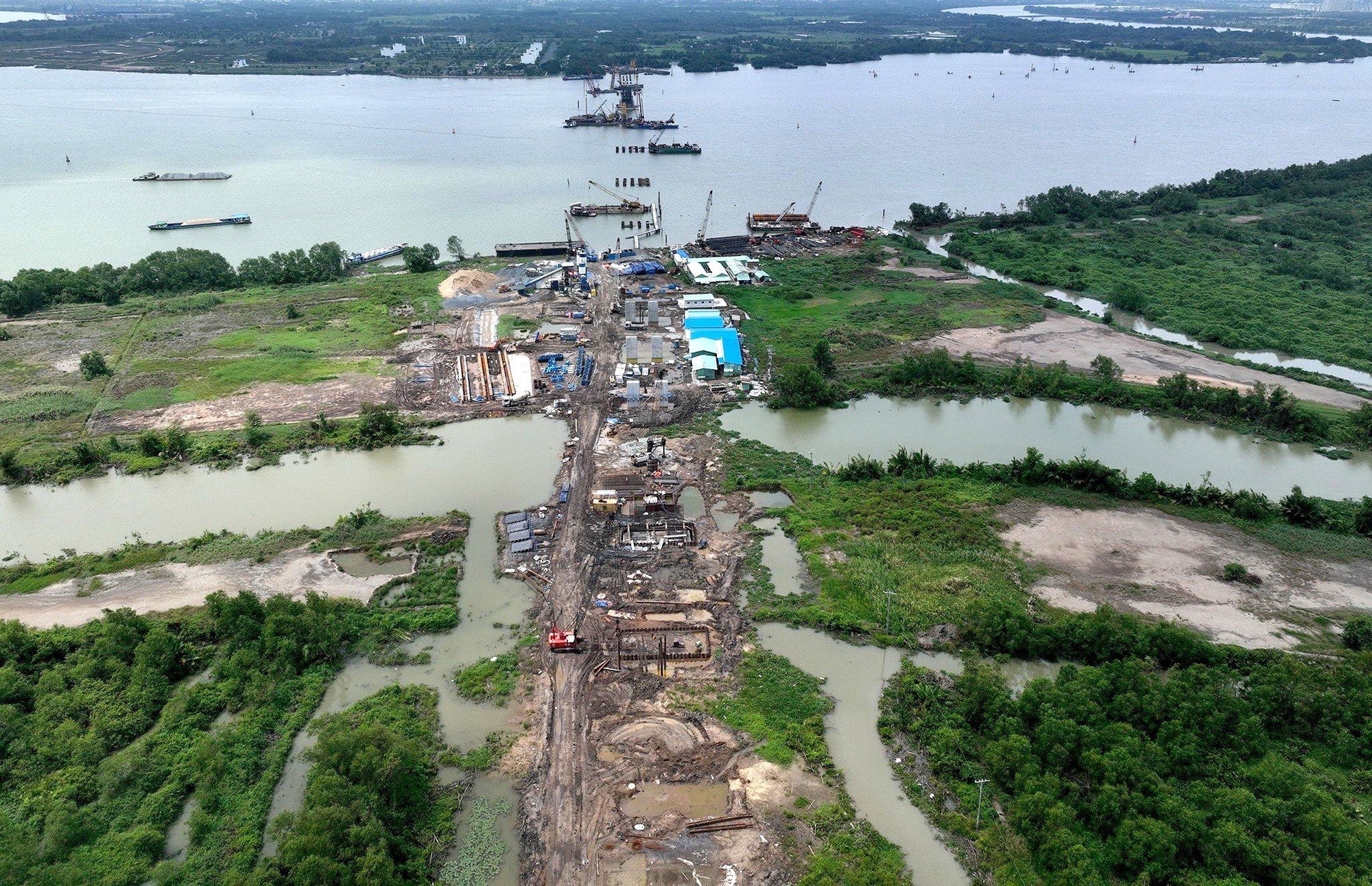
Construction of the Nhon Trach bridge is part of the Ho Chi Minh City Ring Road 3 project.
A backbone of infrastructure and major construction projects stretching from North to South continues to be launched, expected to create a boost for Vietnam's economy in the second half of 2023.
The path of aspiration
According to the Government Office 's plan for organizing the groundbreaking ceremonies for expressway and Ring Road 3 projects, the groundbreaking ceremonies for three projects – the Ho Chi Minh City Ring Road 3, the Bien Hoa - Vung Tau Expressway, and the Khanh Hoa - Buon Ma Thuot Expressway (Phase 1) – will be held online today, connecting the main venue in Ho Chi Minh City with venues in Dak Lak and Ba Ria - Vung Tau provinces. Each venue will have three LED screens, including one LED light in the area where the groundbreaking ceremony will be held, allowing delegates to witness the ceremony simultaneously at all locations and ensuring that all venues perform the ceremony at the same time. Yesterday (June 17th), the groundbreaking ceremony for the Chau Doc - Can Tho - Soc Trang Expressway project was also held live and online at four different locations.
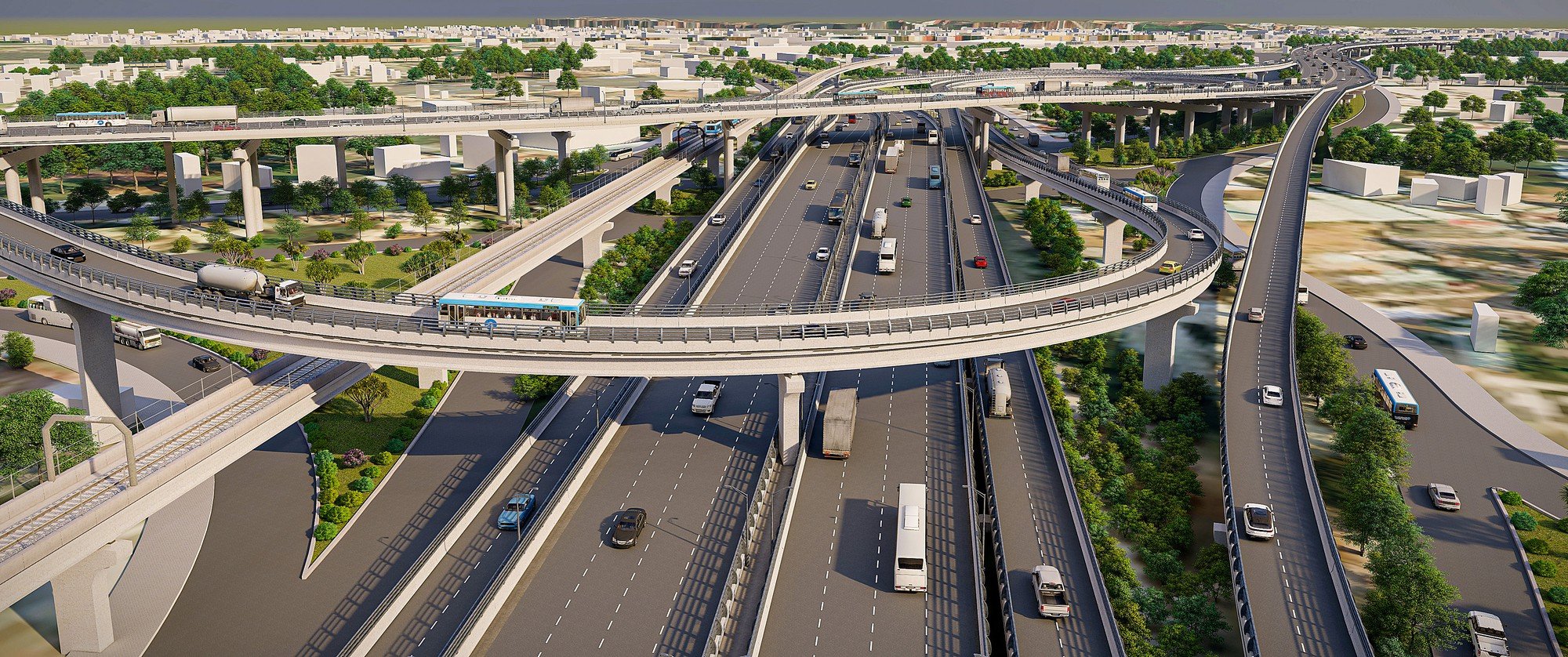
Today, a series of expressways in the south simultaneously commenced construction, including the Bien Hoa - Vung Tau expressway, the Khanh Hoa - Buon Ma Thuot expressway, and the Ho Chi Minh City Ring Road 3. (Image: Perspective view of Ho Chi Minh City Ring Road 3)
"The preparations had to be so solemn and meticulous because these are all projects of great significance. It's not just a groundbreaking ceremony; this is the journey of laying the first brick for roads of aspiration," Mr. Luong Minh Phuc, Director of the Ho Chi Minh City Transport Infrastructure Investment and Construction Project Management Board (TCIP), the investor of the Ho Chi Minh City Ring Road 3 project, shared with Thanh Nien newspaper before the "D-Day" of the project's groundbreaking.
Recalling the 22 milestones of Ho Chi Minh City's Ring Road 3 project from July 29, 2021, when the Ministry of Transport issued Official Letter No. 7770 handing over the project documents to Ho Chi Minh City for investment preparation, to today (June 18) - the day the Ring Road 3 officially commenced construction, Mr. Luong Minh Phuc could not hide his emotion, stating that it was a journey full of difficulties but also full of feelings. This is a particularly important project for Ho Chi Minh City because it not only shortens travel time between localities, but also helps increase inter-regional connectivity to accelerate the development of industrial clusters, tourism services, rural urbanization along the route, connecting Ho Chi Minh City's satellite cities, and contributing to the formation of a multi-centered urban center.
Remarkably, the preparation phase for the Ring Road 3 project coincided with the nationwide social distancing measures to combat the Covid-19 pandemic. Time was of the essence, as the goal was to have the project approved by the National Assembly by June 2022. From Hanoi and Ho Chi Minh City, online chat groups operated throughout the night, working on the project documents, presentations, and revisions. Everyone was infected with Covid-19, barely able to speak, but they still met and worked diligently. The process of finalizing the pre-feasibility study report and developing the compensation and land clearance plan for the project involved months of meetings that lasted through lunchtime and into the evening.
Furthermore, exceeding the compensation and land clearance plan targets (phase 1) and ensuring the project's commencement on schedule after a year of hard work is the result of the attention and support from the Party, National Assembly, and Government leaders, central ministries and agencies, as well as the close guidance of the city's leaders, the steering committee, the project's component management boards... and the entire political system of the four localities through which the project passes. Especially noteworthy is the consensus and cooperation of the people in the project's implementation area.
"At this point, it can be said that almost the entire city of Ho Chi Minh is working together on the Ring Road 3 project with great enthusiasm, not just as a simple task. The project is not only a dream and aspiration of Ho Chi Minh City for more than a decade, but also a source of hope for the city's transportation sector in the coming period. This is the first time Ho Chi Minh City has been entrusted by the National Assembly and the Government to be the competent state agency to implement a key national project, and the city has proven its success by adopting a new approach, a new mindset, and a new spirit – the mindset and aspiration for Ring Road 3. From here, this new approach will be replicated for other projects, and Ho Chi Minh City's transportation sector will witness breakthroughs in the future," Mr. Luong Minh Phuc expressed his expectations.
According to the investor, in order to complete the project by the end of 2025 as planned, after the groundbreaking ceremony, the investor and the units must continue to overcome enormous difficulties and challenges, including achieving 100% compensation and land clearance before December 31st; ensuring the progress, quality, and safety of construction on the 47 km section of Ring Road 3 through Ho Chi Minh City; effectively resolving the material supply issue; and coordinating synchronously with Long An, Dong Nai, and Binh Duong provinces in the implementation and completion of the project.
The backbone transportation axis of the Southeast region is taking shape.
Equally excited, the people of Ba Ria - Vung Tau and Dong Nai provinces have also endured 13 years of agonizing waiting to witness the groundbreaking ceremony for the Bien Hoa - Vung Tau expressway today.
The reason for the long wait is that transportation connectivity is currently a major concern for vehicles regularly traveling between these two localities. Ba Ria - Vung Tau is located in the Southern and Southeastern key economic region. This is the most vibrant economic region in the country; although its population only accounts for 18%, it contributes 50% of the total industrial production value, 36% of the total national budget revenue, and 33% of the national GDP. However, currently, the transportation of goods and passengers on the Ho Chi Minh City - Vung Tau corridor, connecting the Southern key economic region with the international gateway port of Vung Tau, is mainly by road via National Highway 51 and inland waterways. Not only is the industrial sector affected, but tourism in Ba Ria - Vung Tau is also severely impacted by traffic congestion. Tourists from Ho Chi Minh City and other provinces mainly travel to Vung Tau via National Highway 51, facing constant traffic jams, causing a significant decrease in the number of visitors to Vung Tau.
Similarly, Dong Nai, being a hub for both industry and livestock farming, has a huge and crucial need for transportation connectivity to serve socio-economic development between the two localities and with Ho Chi Minh City. However, the Ho Chi Minh City - Long Thanh - Dau Giay (HLD) expressway has long been a slow-speed route, and trucks and container vehicles traveling from Ho Chi Minh City to Dong Nai and Ba Ria - Vung Tau are "haunted" by the National Highway 51. Therefore, the Bien Hoa - Vung Tau expressway carries many goals and expectations.
According to the Vietnam Road Network Planning for the period 2021-2030, with a vision to 2050, the Bien Hoa - Vung Tau expressway will directly connect with the Cai Mep - Thi Vai port cluster, Long Thanh airport, and the southern key economic region. Upon completion as planned in 2025, the Bien Hoa - Vung Tau expressway cluster will connect with the HLD expressway, the Ben Luc - Long Thanh expressway (currently under construction), and connecting roads to Long Thanh airport to form a backbone transportation axis, resolving traffic congestion on National Highway 51. Travel time from Ho Chi Minh City to Ba Ria - Vung Tau will be shortened to approximately...
The travel time will be reduced from the current 150 minutes to 70 minutes. Simultaneously, the route will maximize the potential of the Cai Mep - Thi Vai seaport and Long Thanh International Airport, promoting socio-economic development in Dong Nai and Ba Ria - Vung Tau provinces in particular, and the Southeast region in general.
A massive economic breakthrough boost.
Starting from Dak Lak, the groundbreaking ceremony for phase 1 of the Khanh Hoa - Buon Ma Thuot expressway project also took place after days of busy preparations by the provincial People's Committee leaders. This expressway is considered a route connecting the forest with the sea, expected to form a horizontal axis connecting the Central Highlands with the South Central coastal region, linking vertical axes, and maximizing the effectiveness of projects already invested in. It will also connect economic centers and seaports, meeting transportation needs and acting as a driving force for the development of the Central Highlands and the South Central coastal region.
"It has been a long time since the South Central region, especially the South, witnessed such significant progress in transportation infrastructure," shared Dr. Nguyen Huu Nguyen (Vietnam Urban Planning and Development Association).
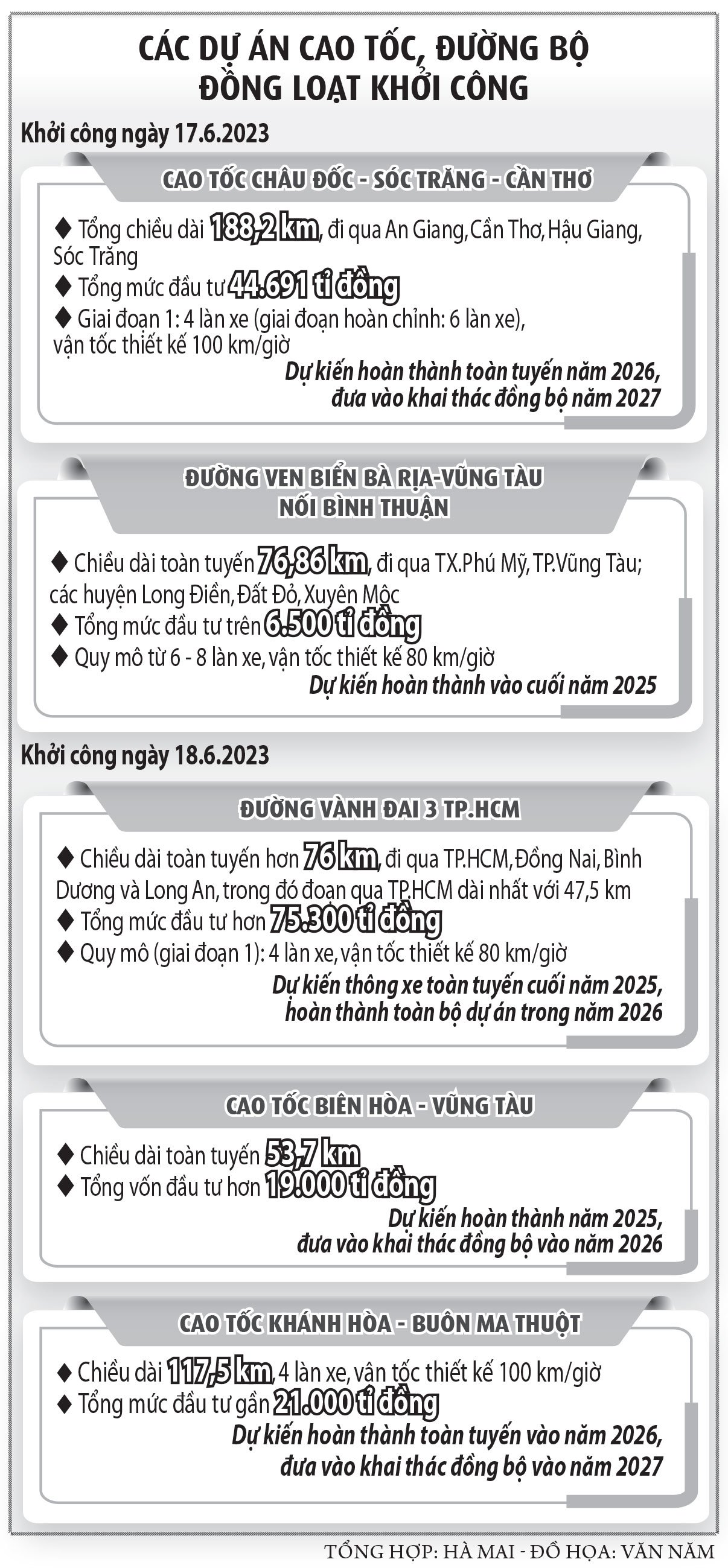
According to Dr. Nguyen, for many years, the southern key economic region and the Mekong Delta have been somewhat "disadvantaged" compared to the northern provinces in terms of transportation network connectivity. The sluggish transportation infrastructure for many years has "tied down" the economy and hindered the speed of urban formation and development. Therefore, the simultaneous commencement of key projects in the southern and South Central regions is a realization of the policy to strengthen the transportation network for the South and the Mekong Delta. This is the right direction that the National Assembly and the Government have also identified for a sustainable, long-term development vision.
"These projects are even more significant when implemented at a time when the economy of Ho Chi Minh City, as well as the entire country, is facing difficulties. The start of these large-scale construction sites means that building materials are mobilized en masse, workers and contractors have jobs, and the transportation system receives orders… Behind this is a whole team of logistics support staff. Many other industries will be activated, acting as a powerful economic breakthrough," commented Dr. Nguyen Huu Nguyen.
Expanding the coastal road connecting BR-VT and Binh Thuan.
Ba Ria - Vung Tau province completed its first coastal road from Vung Tau City to Xuyen Moc District in 2005. Resolution No. 24 dated October 7, 2022, of the Politburo on socio-economic development and ensuring national defense and security in the Southeast region until 2030, with a vision to 2045, identified the completion of the coastal road system through Ba Ria - Vung Tau province as one of the key tasks the province needs to implement. The Ba Ria - Vung Tau coastal road connecting to Binh Thuan, commenced on June 17th, has a total length of 76.86 km, passing through five districts, towns, and cities: Phu My Town, Vung Tau City, and the districts of Long Dien, Dat Do, and Xuyen Moc, with a total investment of over 6,500 billion VND.
Mr. Nguyen Cong Vinh , Vice Chairman of the People's Committee of BR-VT province
Nguyen Long (recorded)
Source link







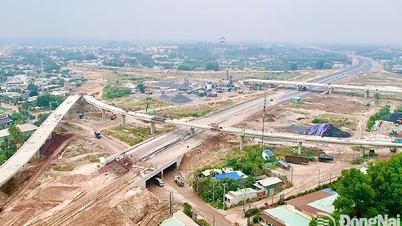

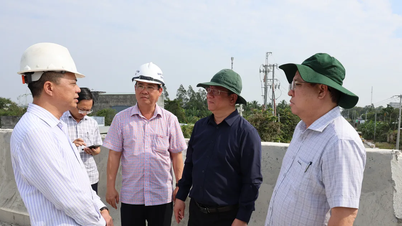

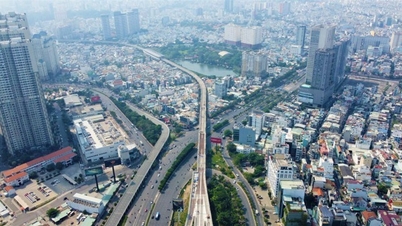









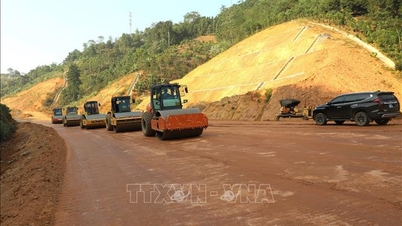

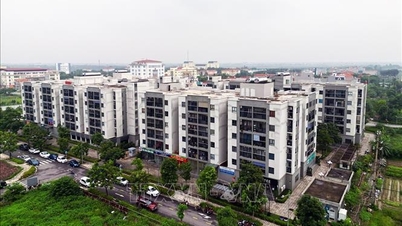










![[Photo] Prime Minister Pham Minh Chinh holds a phone call with the CEO of Russia's Rosatom Corporation.](/_next/image?url=https%3A%2F%2Fvphoto.vietnam.vn%2Fthumb%2F1200x675%2Fvietnam%2Fresource%2FIMAGE%2F2025%2F12%2F11%2F1765464552365_dsc-5295-jpg.webp&w=3840&q=75)


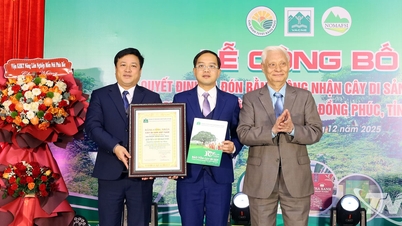





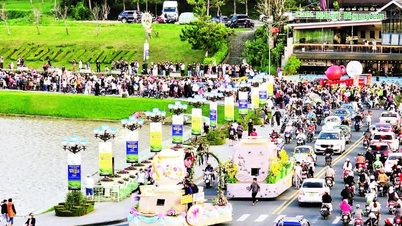
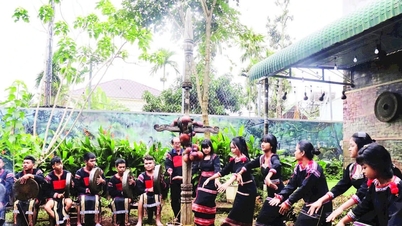
















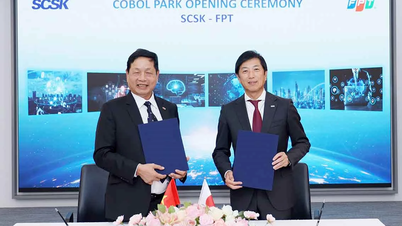

















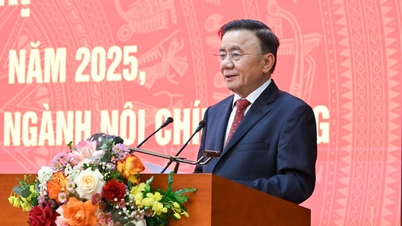







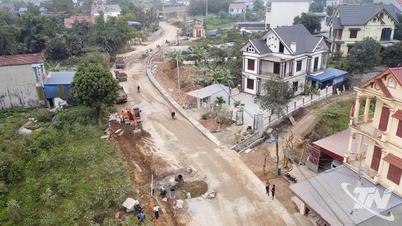




















Comment (0)